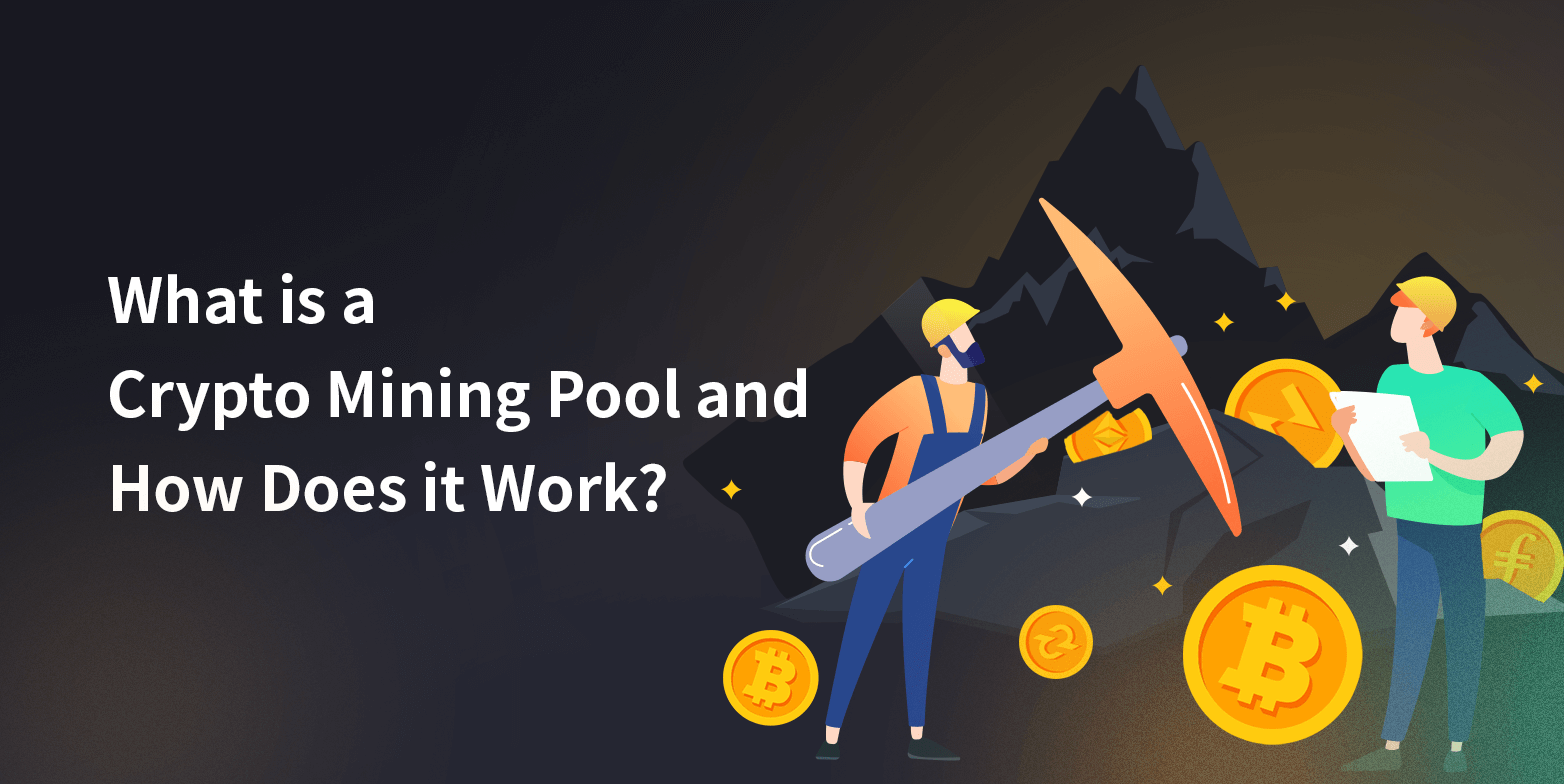If you’re new to cryptocurrency, you’ve probably heard the term “mining” and wondered what it means. It’s not about digging for gold—it’s a process that keeps blockchain networks like Bitcoin secure and running. This beginner-friendly guide explains what cryptocurrency mining is, how it works, and why it matters in 2025, all in simple terms. Let’s dig in!

What is Cryptocurrency Mining?
Cryptocurrency mining is the process of using computers to solve complex math problems to validate transactions on a blockchain network. When miners successfully solve these problems, they add a new “block” of transactions to the blockchain and earn rewards, usually in the form of cryptocurrency like Bitcoin.
Think of miners as the accountants of a blockchain. They check that transactions (like sending Bitcoin) are legitimate, record them in a digital ledger, and get paid for their work. Mining is essential for keeping cryptocurrencies secure and decentralized, without needing banks or middlemen.
Why is Mining Important?
Mining plays a critical role in cryptocurrency networks. Here’s why it matters:
- Secures the Network: Miners verify transactions, preventing fraud or double-spending.
- Decentralizes Control: No single entity runs the network; miners worldwide keep it going.
- Creates New Coins: Mining rewards introduce new cryptocurrency into circulation.
- Maintains Trust: Transparent mining ensures everyone can verify transactions.
Without mining, blockchains like Bitcoin wouldn’t function securely or fairly.
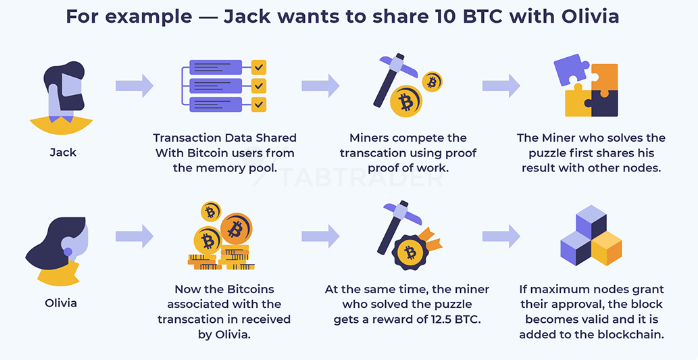
How Does Cryptocurrency Mining Work?
Mining might sound technical, but it’s easier to understand when broken down. Here’s the process in simple steps:
- Transactions Are Collected: When someone sends Bitcoin or another crypto, the transaction is broadcast to the network.
- Miners Compete: Miners use powerful computers to solve a complex math puzzle, racing to validate the transactions.
- Puzzle is Solved: The first miner to solve the puzzle creates a new block containing the verified transactions.
- Block is Added: The block is added to the blockchain, and other computers (nodes) confirm it’s valid.
- Reward is Given: The winning miner earns a reward, like newly minted Bitcoin, plus transaction fees.
This process, called Proof of Work (PoW), is used by Bitcoin and other cryptocurrencies. It’s like a race where miners compete to keep the blockchain secure.
Key Components of Mining
To understand mining better, let’s look at its main elements:
1. Mining Hardware
Mining requires powerful computers designed for solving puzzles. In 2025, common hardware includes:
- ASICs (Application-Specific Integrated Circuits): Specialized devices for Bitcoin mining, offering high speed but expensive.
- GPUs (Graphics Processing Units): Used for mining coins like Ethereum Classic, more versatile but less efficient.
- CPUs: Basic processors, rarely used today due to low power.
Beginners should know that mining hardware can cost hundreds or thousands of dollars.
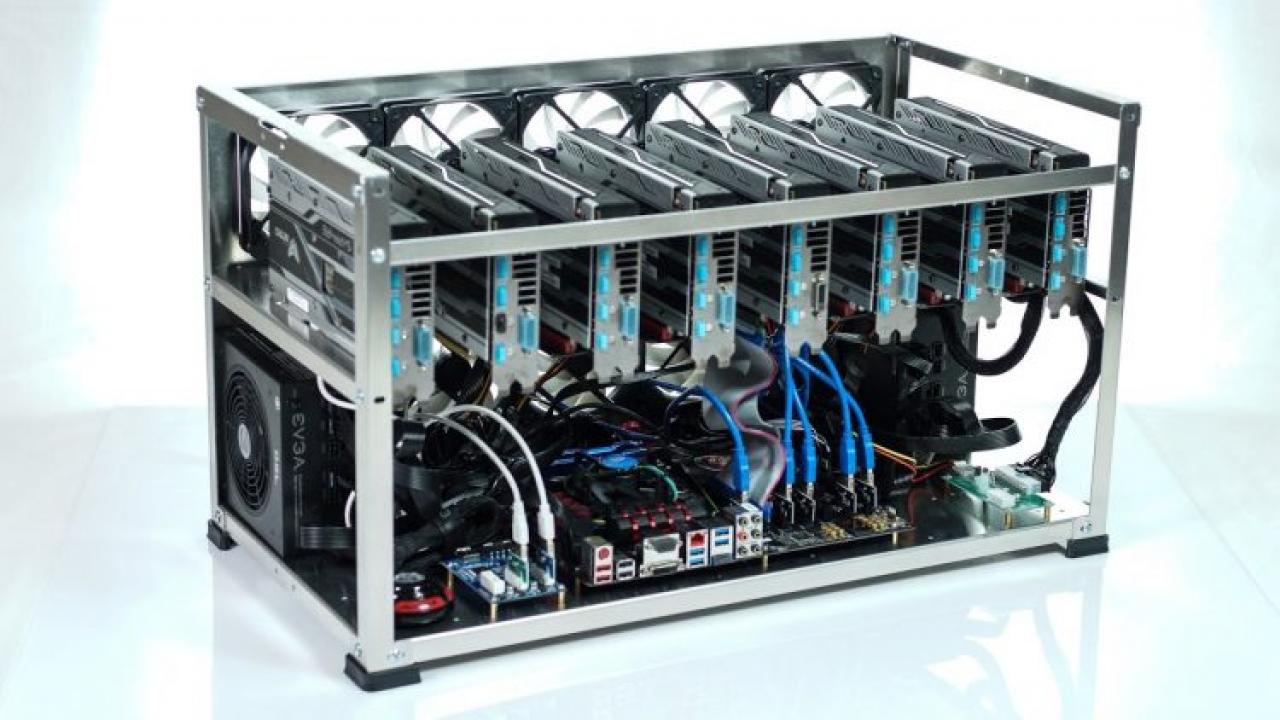
2. Mining Software
Miners use software to connect their hardware to the blockchain network. Popular options include CGMiner and BFGMiner, which are free and beginner-accessible. The software manages the puzzle-solving process and tracks rewards.
3. Mining Pools
Mining alone is tough because big miners dominate. Most beginners join mining pools—groups of miners who combine computing power and share rewards. Pools like F2Pool or Slush Pool make mining more accessible.
4. Energy Costs
Mining uses a lot of electricity, as computers run 24/7. Energy costs can eat into profits, so miners often seek cheap electricity or renewable energy sources.
Types of Cryptocurrency Mining
Not all mining is the same. Here are the main types in 2025:
- Proof of Work (PoW): Used by Bitcoin, miners solve puzzles to validate blocks. It’s energy-intensive but secure.
- Proof of Stake (PoS): Used by Ethereum (since 2022), validators stake crypto to verify transactions. It’s less energy-heavy but not technically “mining.”
- Cloud Mining: Rent mining power from a company, avoiding hardware costs. Be cautious, as some cloud mining services are scams.
For beginners, PoW mining (like Bitcoin) or joining a pool is the most common starting point.
Can Beginners Start Mining?
Mining isn’t as easy as it was in Bitcoin’s early days, but beginners can still try it. Here’s what to consider:
- High Costs: Hardware, electricity, and cooling can be expensive. A basic Bitcoin ASIC miner costs $1,000+.
- Competition: Large mining farms dominate, making solo mining less profitable.
- Technical Skills: Setting up hardware and software requires some learning.
- Risks: Profits depend on crypto prices, energy costs, and network difficulty.
Beginner Tip: Start with a mining pool or cloud mining to test the waters without big investments. Research trusted platforms at CoinDesk.
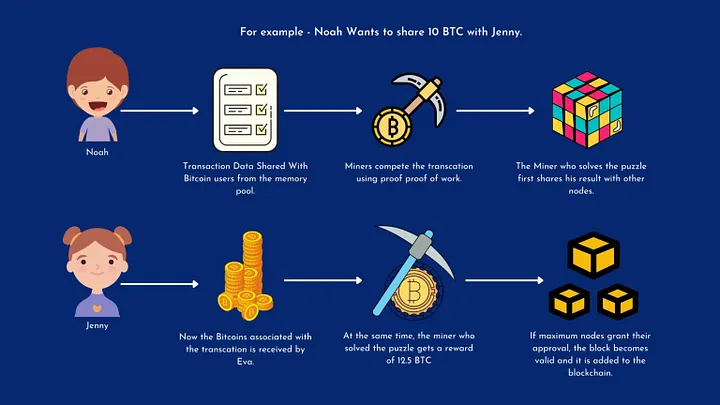
Steps to Start Mining as a Beginner
Ready to try mining? Follow these simple steps:
- Research Cryptocurrencies: Choose a coin to mine, like Bitcoin or a smaller altcoin with less competition.
- Get Hardware: Buy an ASIC for Bitcoin or a GPU for other coins, starting with a budget-friendly option.
- Download Software: Install mining software like CGMiner and configure it for your hardware.
- Join a Pool: Sign up for a pool like Slush Pool to increase your chances of earning rewards.
- Set Up a Wallet: Use a secure wallet like Trust Wallet or Ledger to store your mining rewards.
- Monitor Costs: Track electricity and hardware expenses to ensure profitability.
Tip: Always secure your wallet with two-factor authentication (2FA) and never share your seed phrase.
Challenges of Mining in 2025
Mining has its hurdles, especially for beginners:
- Energy Consumption: Bitcoin mining uses significant electricity, raising environmental concerns.
- High Difficulty: As more miners join, puzzles get harder, requiring better hardware.
- Market Volatility: If crypto prices drop, mining may not be profitable.
- Scams: Avoid shady cloud mining services promising guaranteed profits.
Despite these challenges, mining remains a fascinating way to engage with blockchain.
Tips for Beginner Miners
Start mining smarter with these tips:
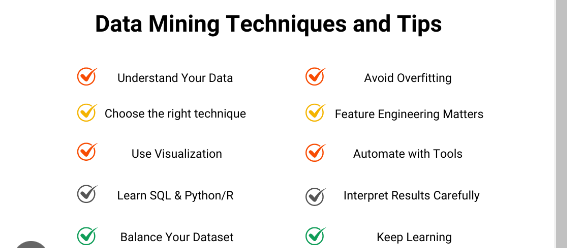
What to Do After Learning About Mining
Once you understand mining, take these steps to dive deeper:
- Explore Blockchain: Learn how blockchains work on CoinDesk.
- Try Crypto Trading: Buy and trade coins on Coinbase to complement mining.
- Join Communities: Discuss mining on Reddit’s r/cryptomining or r/cryptocurrency.
- Stay Updated: Track mining trends on Cointelegraph for 2025 insights.
Conclusion
Cryptocurrency mining is the backbone of blockchains like Bitcoin, securing transactions and rewarding miners with new coins. While it’s more challenging for beginners in 2025 due to costs and competition, joining a mining pool or starting small can make it accessible. By understanding the process and following safety tips, you can explore mining with confidence. Ready to start? Research a pool like Slush Pool, set up a wallet with Trust Wallet, and discover the fascinating world of crypto mining!

